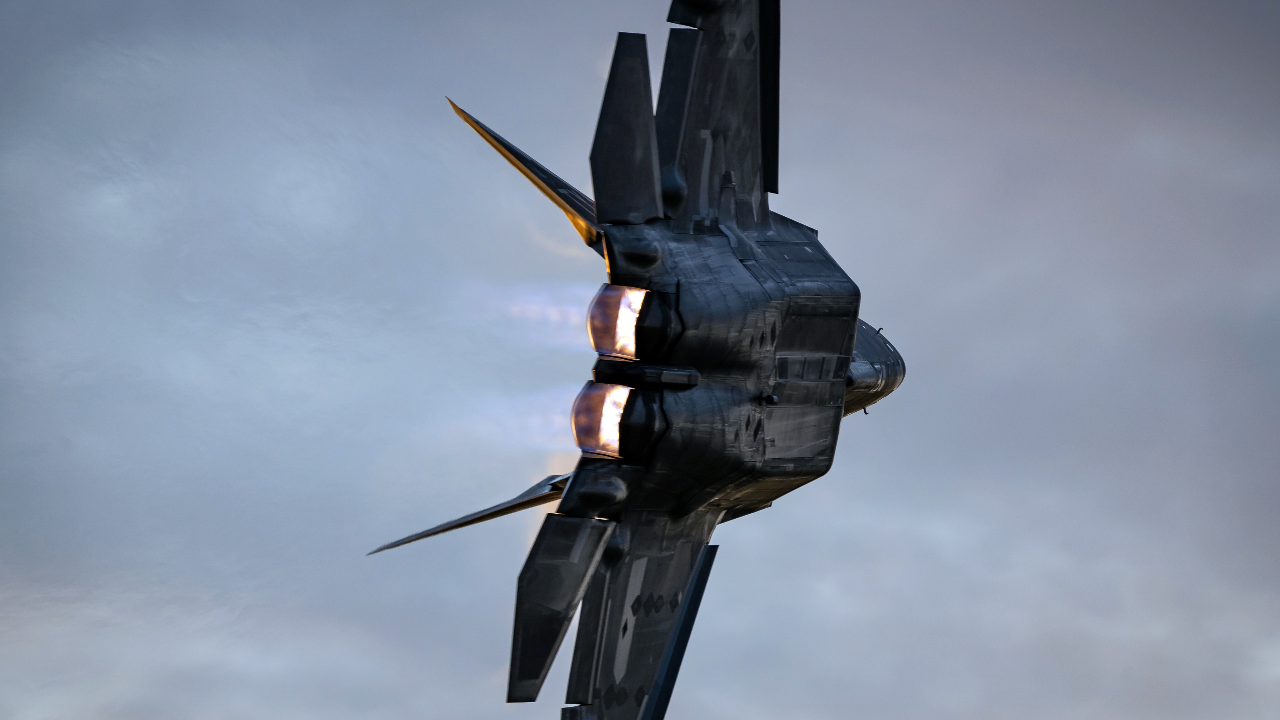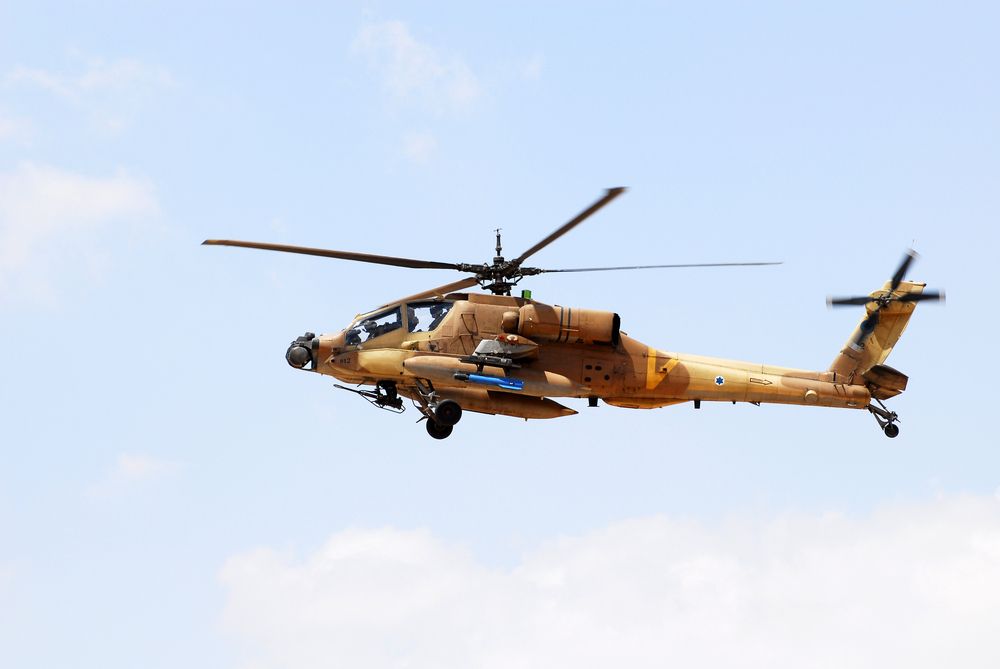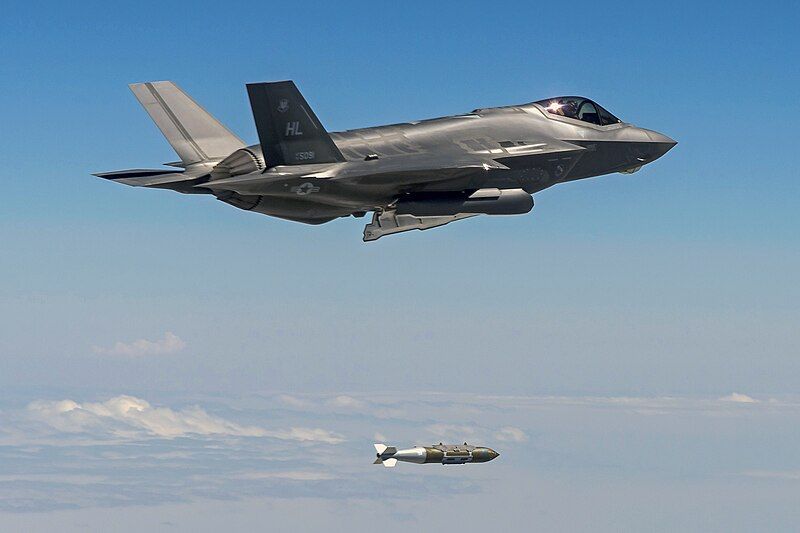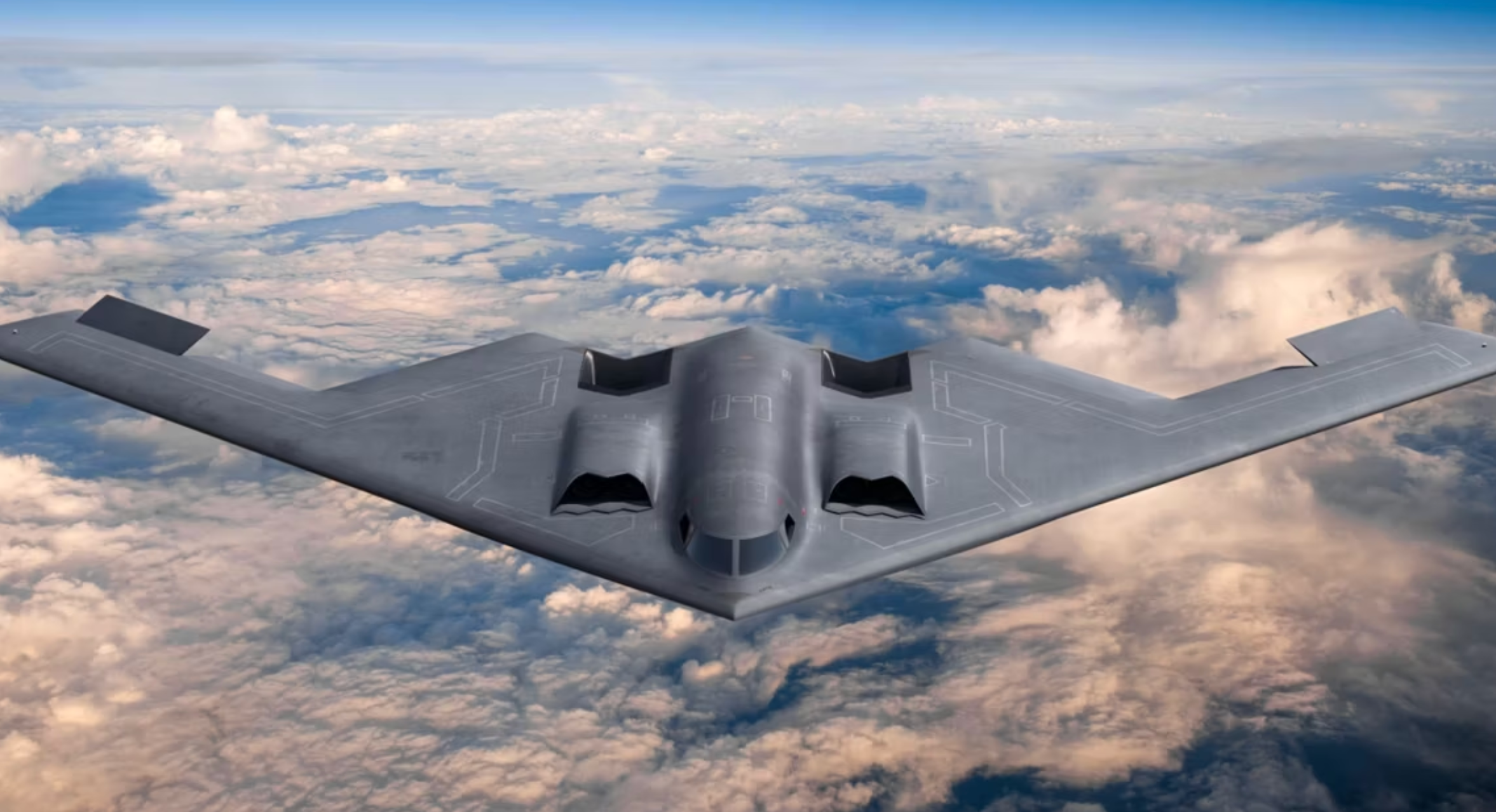Arguably, the United States Air Force’s
favorite camouflage is stealth and avoiding being seen on radar
. But while radar and other over-the-horizon systems may be the primary way to “see” an aircraft today,
there is still a place for old-fashioned paint to hide the aircraft from the naked eye
. The US Air Force may not emphasize disruptive camouflage paint intended for direct eyesight, but the Ukrainian Air Force certainly does. Camouflage strategies change over time, with the operating environment, mission set, and what the air force wants to hide the aircraft from.
1
Ground camouflage
Some army helicopters remain painted in ground camouflage
|
Purpose: |
Blend aircraft with the ground below |
|---|---|
|
Reduces: |
Naked eye visibility |
|
Used today? |
Sometimes – mostly low-flying aircraft like helicopters |
During World War II, it was common for aircraft to be painted to blend in with the ground around where they were used. So aircraft used in the North African Campaign could be painted with desert-suited camouflages, while those used over the sea would receive blues and grays. Over Europe, aircraft were often painted in greens and browns.
Photo: Ran Zisovitch l Shutterstock
While this may be uncommon now with fixed-wing aircraft, it is more common to see low-flying aircraft (like military helicopters) painted in colors to help the aircraft fit in the surrounding environment. It is common to see Apaches and other helicopters painted in desert schemes in the Middle East and in green forest schemes in Europe.
2
Active camouflage
The US Air Force has experimented with active camouflage
|
Purpose: |
Disrupt the silhouette |
|---|---|
|
Reduces: |
Naked eye visibility |
|
Used today? |
No |
In 1943, during the height of World War II, the US Navy followed the Canadian diffused lightning camouflage trails on warships and undertook experiments on counter-illumination in the Yehudi lights project. Yehudi lights have variable light brightness and can be used to blend items with their background and disguise the otherwise obvious silhouette.
While Yehudi lights were found to be successful in reducing the range the aircraft could be detected, the project was not put into production because it was made redundant by improvements in radar detection. Still, the US Air Force experimented with the concept again in the Vietnam War with its F-4 Phantom IIs.
3
Stealth painting
F-22s and F-35s receive special radar-absorbing paint
|
Purpose: |
Reduce radar signature |
|---|---|
|
Reduces: |
Radar visibility |
|
Used today? |
Yes, with stealth aircraft |
Some US Air Force aircraft (such as the F-35 Lightning II) are painted with special radar-absorbing coatings that reduce and adsorb radar signals. While the aircraft may look much the same as other gray-painted aircraft, it is actually very different. When reducing the radar signature of the F-35
, many factors are considered—besides the shape of the aircraft, the aircraft’s coating is critical.
The chemical makeup of the F-35’s paint is a closely guarded US secret. As the Australian ABC states, “paint used on F-35A Lightning II fighter jets made them among the most elusive planes on the planet because it was able to absorb radar waves rather than reflect them.” For the first time, the US will permit Australian F-35s to receive this special coating. These radar-absorbing paints are a great illustration of
how much aircraft camouflage has changed over the years
.
4
Hiding contrails
The B-2 Spirit is known to be designed to reduce contrails
|
Purpose: |
Hide contrails that lead to the aircraft |
|---|---|
|
Reduces: |
Naked eye visibility |
|
Used today? |
Yes – at least the B-2 |
There is more to seeing aircraft than just seeing them directly. Even contrails can give away aircraft. To reduce this tell-tale clue aircraft like the B-2 Spirit possess systems to reduce the contrails they produce. The venerable Lockheed U-2 Dragon Lady had a mirror so that pilots could see if their aircraft was producing contrails.
Photo: Mike Mareen l Shutterstock
The War Zone reported one technician working with Yehudi lights camouflage at the Tonopah Test Ranges as saying, “trying to pick out the aircraft against a clear blue sky was next to impossible. The only time we could easily spot the aircraft was when it produced an unexpected contrail.”
5
Painting aircraft on the ground
The USAF previously painted decoy aircraft at its Afghanistan airbases
|
Purpose: |
Create a decoy |
|---|---|
|
Reduces: |
Naked eye/drone camera visibility |
|
Used today? |
Perhaps (at least used by Russia) |
In the air, the F-22 Raptor is a formidable machine if ever there was one; on the ground, it is little more than a juicy sitting duck. This is one of the issues the Russian Air Force has found in the war in Ukraine, where Ukraine has repeatedly attacked and destroyed its aircraft on the ground. It doesn’t matter how reduced their radar signature is when drones turn up to bomb them on the ground.
While many have made fun of Russia for painting hardly convincing decoy aircraft on the ground, the United States is known to have previously done this at its air force bases in Afghanistan. How effective painted decoys are is an open question, but perhaps commanders feel they need to at least do something.




